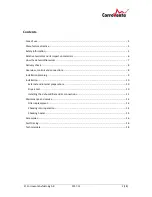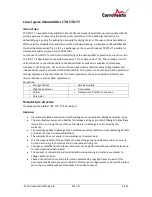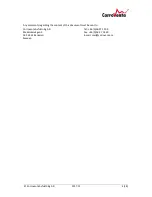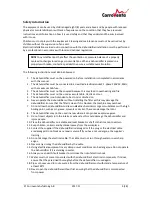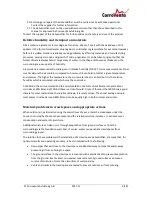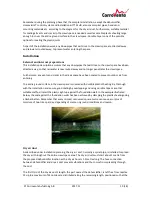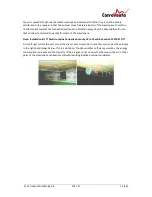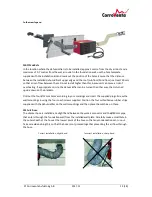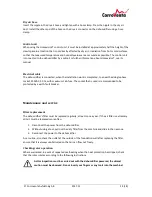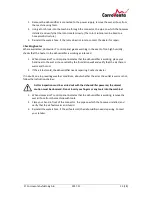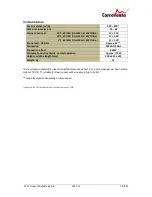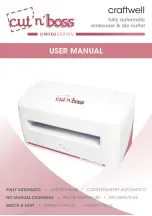
© Corroventa Avfuktning AB
2017.11
10 (18)
Remember during the planning phase that the complete installation, except the dehumidifier,
Homevision® control system and Installation kit TT Multi, also covers spiral pipes, bends and
mounting materials etc. according to the diagram for the dry air duct. Furthermore, suitable material
for sealing all vents and cracks in the crawl space is needed as well as durable plastic sheeting large
enough to cover the entire ground surface in the crawl space. Durable tape is one of the possible
options for sealing the plastic joints.
As part of the installation work, any downpipes that exit close to the crawl space are directed away
and rainwater routed away, to prevent water entering the space.
Installation
External and internal preparations
This installation description assumes that any downpipes that exit close to the crawl space have been
directed away, so that rainwater is now routed away and no longer penetrates the crawl space.
Furthermore, any vents and cracks in the crawl space have been sealed to prevent outdoor air from
entering.
The entire ground surface in the crawl space is covered with durable plastic sheeting. Be thorough
with the installation and ensure good sealing by overlapping and using durable tape or another
suitable method. Install the plastic right up against the foundation wall. In the example illustrated
below, the seal against the foundation walls has been achieved by clamping the plastic sheeting using
a timber batten. Remember that every missed, uncovered square metre can cause a surplus of
moisture of two litres per day, depending of course on ground conditions and season.
Dry air duct
As described under Installation planning, the dry air duct, normally a spiral pipe, is installed to spread
the dry air throughout the entire crawl space area. The dry air duct must start about 1 metre from
the proposed dehumidifier location as the dry air hose is 1.2 metres long. The hose connection
between dehumidifier and dry air duct prevents vibrations and thus noise from spreading through
the duct.
The first third of the dry air duct's length, the part nearest the dehumidifier, is left free from nozzles.
12 up to a maximum of 14 nozzles are distributed along the remaining length, positioned so that the


